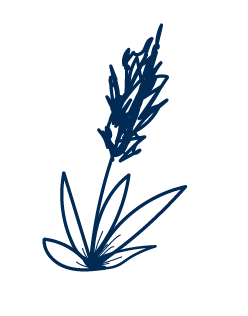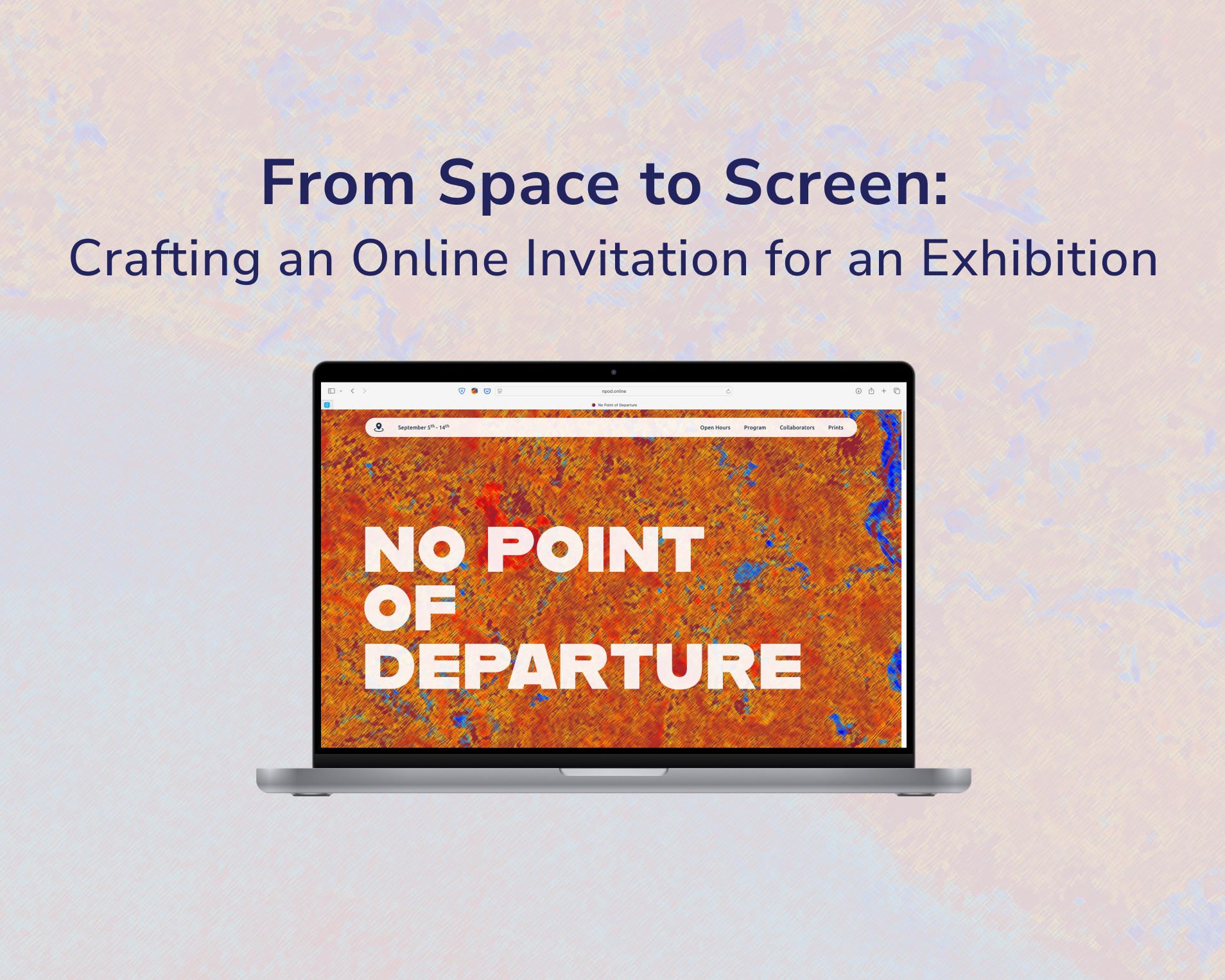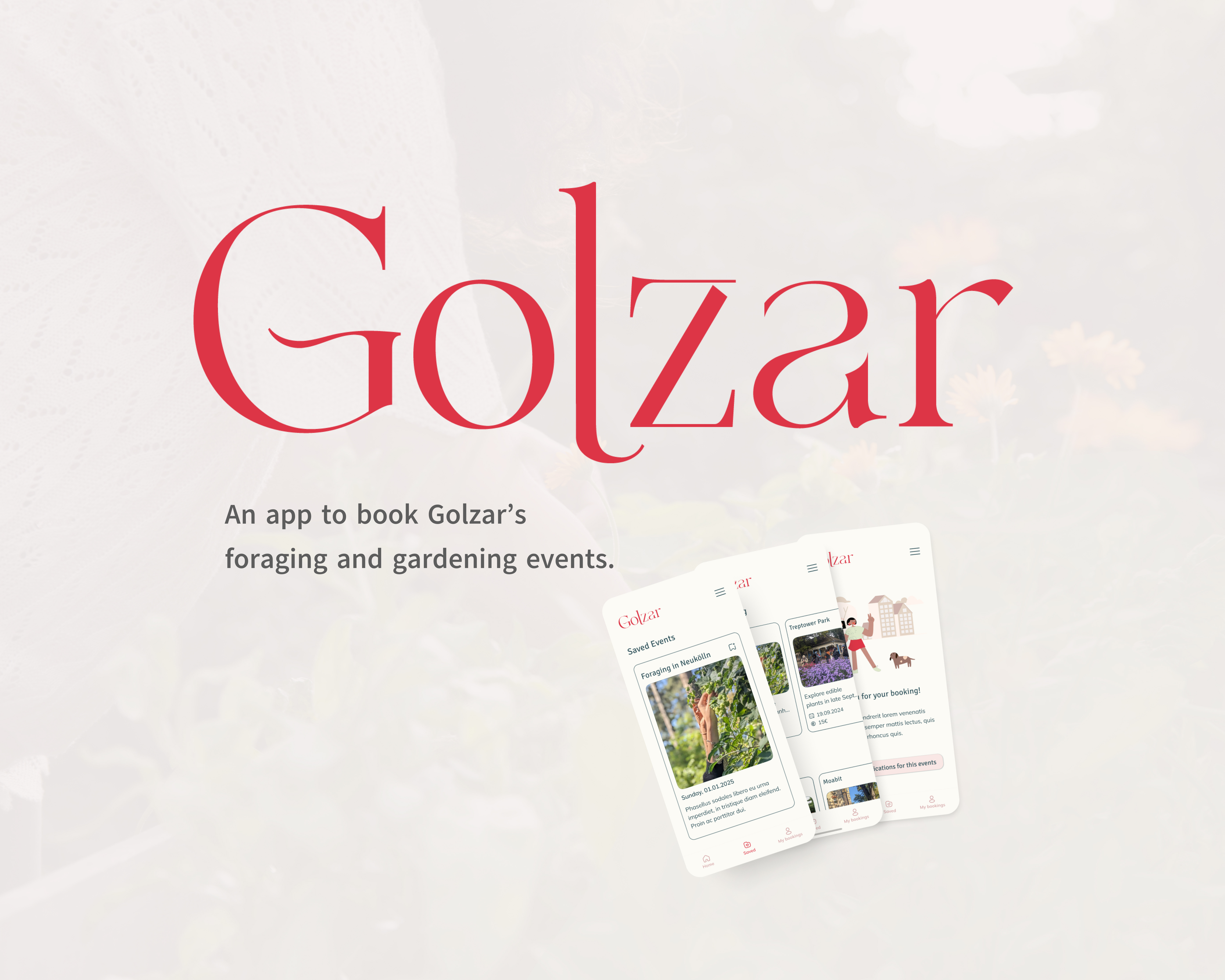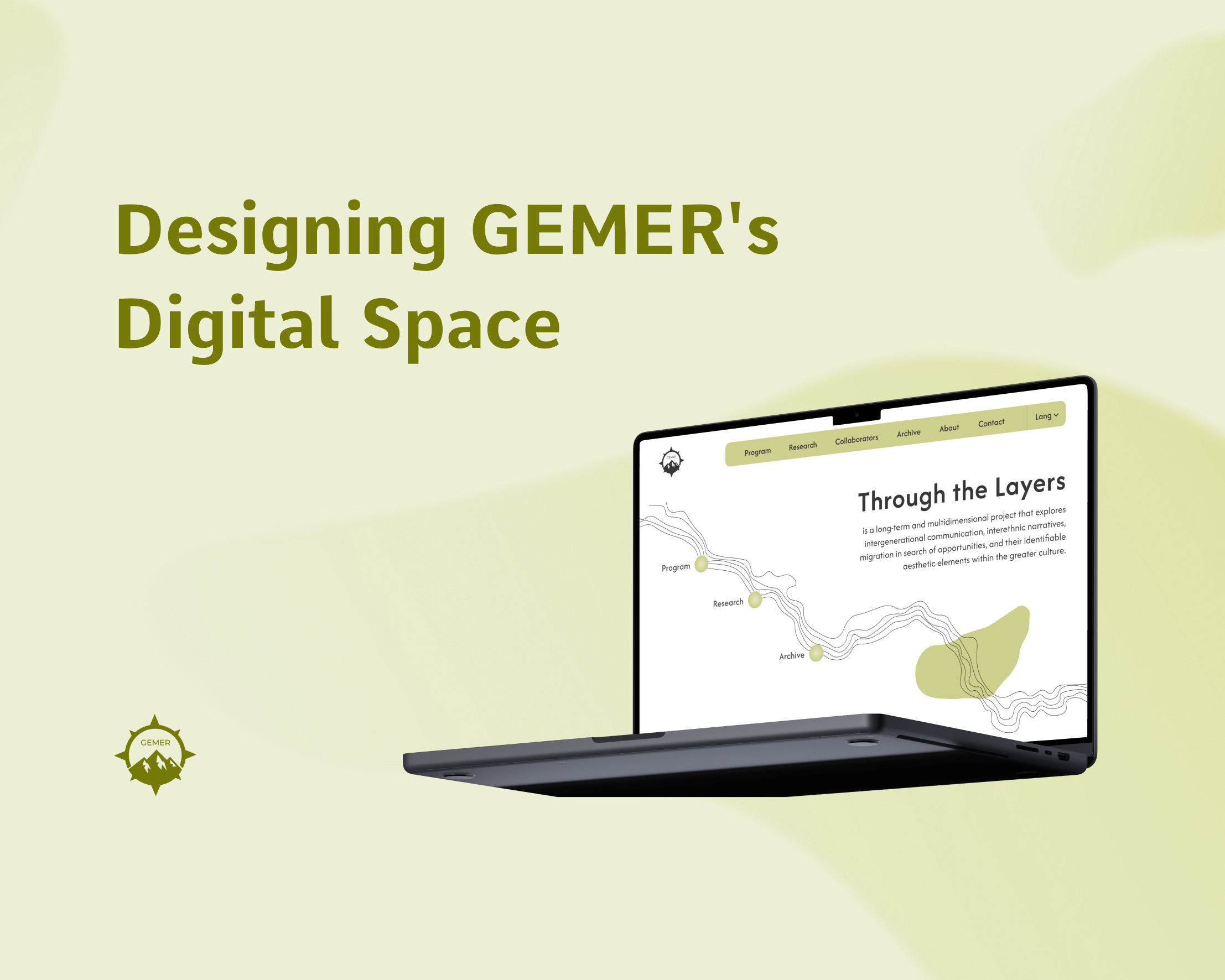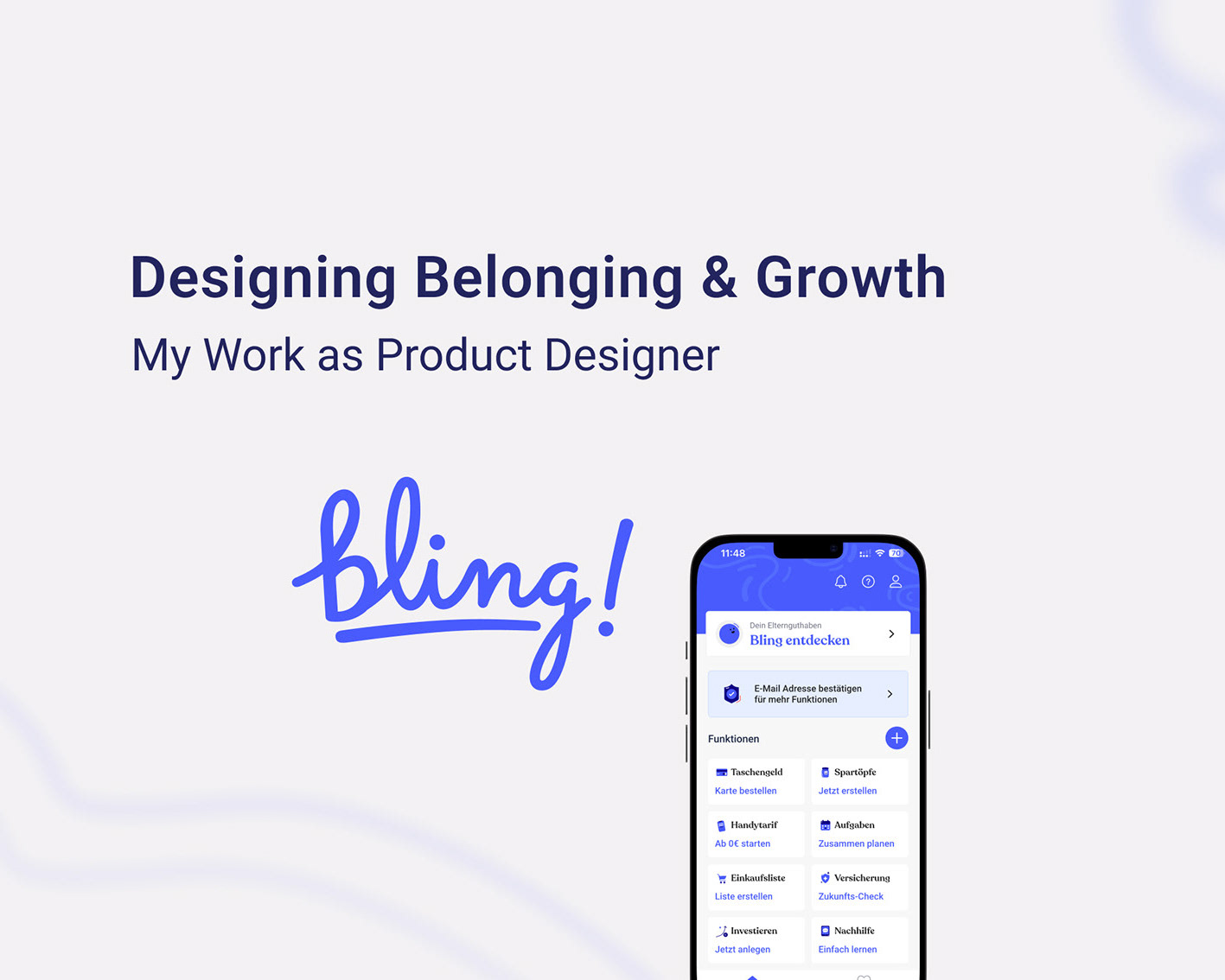The app is designed for gardening enthusiasts and seed collectors who approach their collections with a mix of passion and spontaneity.
By combining organizational tools with planting insights, it bridges the gap between inspiration and action. Whether users collect seeds for sentimental value, gifting, or growing, this app helps them stay connected to their collection while taking the guesswork out of planting.
Context
Seed collectors often face challenges in organizing their collections and managing planting schedules. Many juggle various motivations—personal, cultural, or practical—for gathering seeds, which leads to varied usage patterns. The app addresses a common gap in gardening tools: merging organization with location-specific planting advice without going too much into plant care.
This app is targeted at:
- Chaotic Gardeners who value creativity and flexibility but often miss planting opportunities.
- Seed Enthusiasts who collect for sentimental reasons, sustainability goals, or simple curiosity.
- Urban and Suburban Growers who work with limited space but still aspire to grow effectively.
Corresponding user personas can be seen below.
Research
To shape the app's development and ensure it meets user needs, two primary research methods were conducted:
1. User Survey & Insights
A survey was distributed to potential users to gain insights into their habits, motivations, and challenges regarding seed collecting and gardening. Participants ranged from beginner gardeners with small urban spaces to experienced individuals managing large seed collections. The survey explored:
- How users currently organize and store seeds, and their pain points.
- Desire for a seed library and plant-related information.
- Challenges they face in planting, timing, and staying organized.
2. Competitive Market Research
An analysis of existing seed catalogs and gardening apps was conducted to identify gaps and opportunities in the market. The competitors were selected based on their relevance to the app's vision: supporting seed collectors with intuitive organization tools, planting timelines, and features that enhance long-term engagement.
The research revealed a surprising insight: there are no apps solely dedicated to seed catalogs. Most existing solutions focus on general plant care, gardening tasks, or food production, where seeds are included but not prioritized. This lack of dedicated seed-focused apps highlights a significant gap in the market for users who want a streamlined tool tailored to organizing and planning around their seed collections.
Below are screenshots of existing apps to illustrate their user interfaces, followed by a chart summarizing the identified gaps and opportunities.
Early Concepts
In the initial stages, I focused on translating research insights into tangible design ideas. Through paper wireframes, I explored multiple layout options and marked key elements that aligned with user needs. These sketches served as a brainstorming tool, allowing me to identify priorities and refine ideas visually.
Moving into digital wireframes, I narrowed down these concepts into structured layouts, creating the foundation for usability testing and further iterations. This stage was all about exploring possibilities and setting the groundwork for a user-centered design.
Prototyping & User Testing
1. Lo-Fi Prototyping
This stage focused on refining the app’s design through iterative prototyping and gathering user feedback. Starting with lo-fi prototypes, I prioritized core functionality and layout to test usability and ensure the design aligned with user needs. Based on insights from user testing, I made significant adjustments before transitioning to hi-fi prototypes, such as adding an overview of the seed collection, introducing sub-categories in the catalog, and simplifying the community tab.
2. User Testing
I conducted moderated usability testing via video calls, where testers interacted with the app prototype while I observed their actions and gathered feedback. The sessions provided valuable insights into the app’s strengths and areas for improvement. Based on these findings, I implemented design changes to better align with user needs and improve overall usability.
3. Visual Design & Hi-fi Prototyping
The high-fidelity prototypes showcase the evolution of the app’s design, reflecting thoughtful iterations based on user testing and feedback. Emphasizing a distinct visual identity with earthy tones and purposeful typography, the design received positive feedback for its clarity, relevance, and inviting aesthetic. These refinements ensure the app is both functional and visually engaging.
Final Screens
The final screens present the completed design of the app, incorporating user feedback and a carefully considered visual style. With its earthy tones and intuitive layout, the design focuses on making seed organization and planting timelines clear and accessible. These screens represent the culmination of the app's development process, offering a simple yet functional experience for users.
Reflections & Looking Forward
This project offered meaningful insights into the design process, particularly the importance of staying adaptable and open to unexpected directions. While I initially focused on creating a tool for personal seed organization, research and feedback highlighted the significant role community features could play.
Key takeaways include:
✶ The necessity of aligning design decisions with user research, especially when initial assumptions shift based on feedback.
✶ How small but intentional features, like location-specific planting suggestions or visual distinctions for seed purposes, can elevate the user experience.
✶ Recognizing that a community-focused approach can broaden an app’s relevance and appeal beyond its core functionality.
While this version of the app is designed to meet the primary needs of seed enthusiasts and gardeners, there’s potential for future iterations to expand functionality. Ideas like advanced planting analytics, collaborative seed libraries, adjustable calendar views, or more customization of filters could further enrich the experience as user needs grow.
Thank you for your time.
